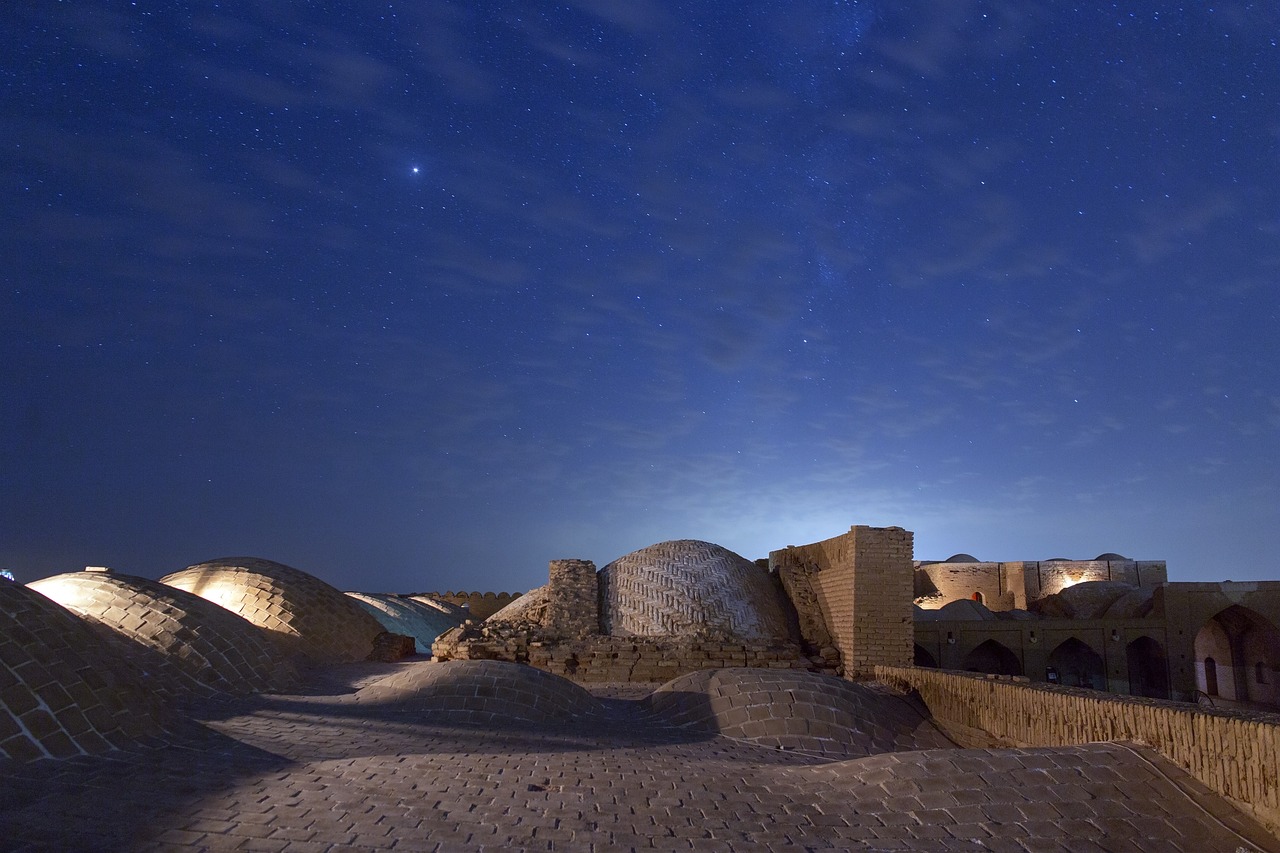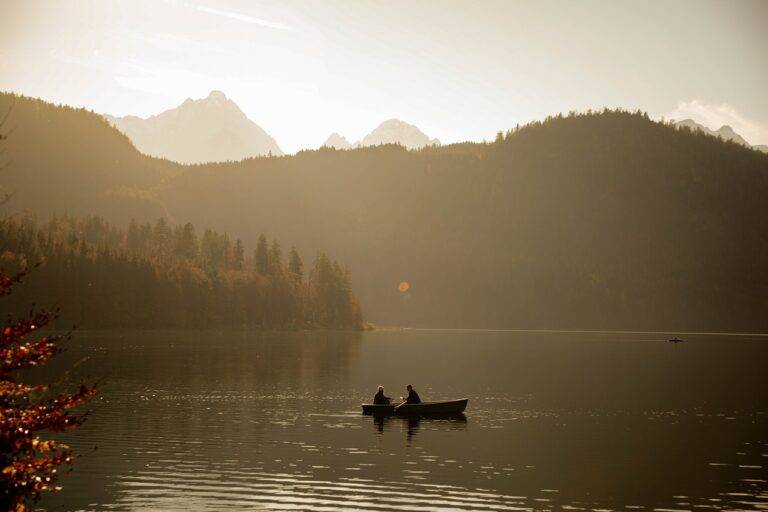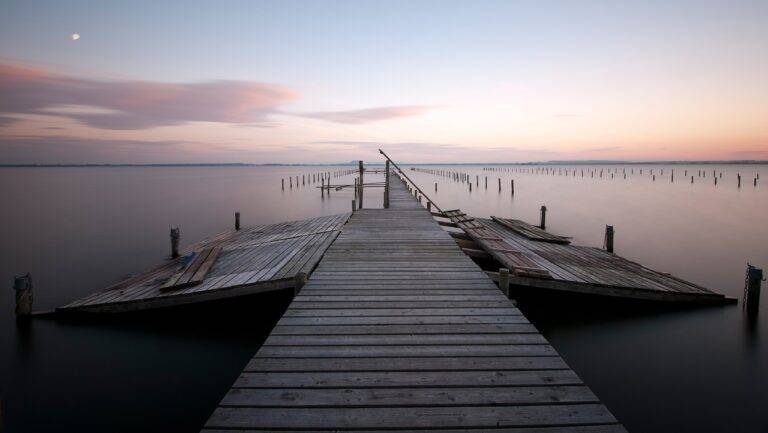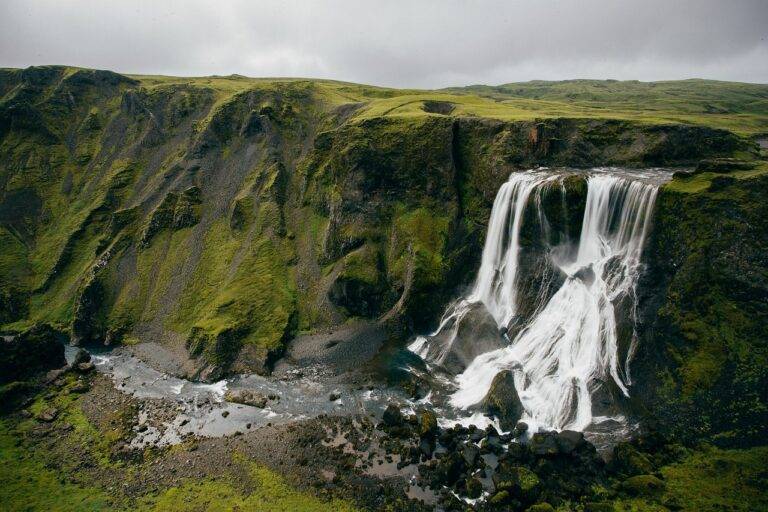Dark Tourism: Exploring Historical and Morbid Sites
Dark tourism, also known as thanatourism, refers to the act of visiting places that are associated with death, tragedy, or suffering. This type of tourism involves visiting sites such as battlegrounds, concentration camps, disaster zones, and prisons, to learn about the history and events that took place there. Dark tourism can provide a unique opportunity for individuals to engage with difficult and sometimes uncomfortable historical narratives.
For some people, dark tourism offers a chance to better understand the darker aspects of human history and the consequences of past events. It can also serve as a way to pay homage to those who have suffered and to commemorate their experiences. While dark tourism may not be for everyone, it continues to be a popular and thought-provoking form of travel for those seeking to delve deeper into the complexities of our shared past.
• Dark tourism, also known as thanatourism, involves visiting places associated with death, tragedy, or suffering.
• Sites include battlegrounds, concentration camps, disaster zones, and prisons.
• It provides an opportunity to learn about difficult historical narratives and events.
• Some people engage in dark tourism to better understand the darker aspects of human history.
• It can serve as a way to pay homage to those who have suffered and commemorate their experiences.
The Psychology Behind Dark Tourism
Understanding the psychology behind dark tourism involves delving into the intricate human fascination with morbid and tragic events. It is a complex interplay of emotions and motivations that drive individuals to seek out these destinations. For some, it may be a way to confront their fears and mortality, while for others, it could be a means of connecting with history and paying homage to those who have suffered.
Visiting dark tourism sites can also provide a sense of perspective and introspection, prompting reflection on the fragility of life and the impact of human actions. The allure of these sites lies in the opportunity to explore the darker aspects of humanity, challenging our perceptions and invoking empathy for the victims of past atrocities. By immersing themselves in these somber environments, visitors confront their own mortality and confront the complexities of the human experience.
Famous Dark Tourism Sites Around the World
One of the most infamous dark tourism sites is the Auschwitz-Birkenau concentration camp in Poland. This harrowing place serves as a stark reminder of the atrocities committed during the Holocaust, drawing visitors from around the world to pay their respects and learn about this dark chapter of history.
Another popular dark tourism destination is the Chernobyl Exclusion Zone in Ukraine. Known for the catastrophic nuclear disaster that occurred in 1986, this site offers a chilling glimpse into the consequences of human error and the impact of nuclear power gone awry. Despite the dangers of radiation, visitors are drawn to the eerie abandoned buildings and desolate landscapes that serve as a haunting memorial to the tragedy.
What is Dark Tourism?
Dark tourism, also known as thanatourism, refers to visiting sites that are associated with death, tragedy, or suffering. These sites often hold historical significance and attract visitors who are interested in exploring the darker aspects of human history.
What is the psychology behind Dark Tourism?
The psychology behind dark tourism can vary from person to person. Some individuals are drawn to these sites out of a morbid curiosity or a desire to confront the darker aspects of humanity. Others may visit these sites as a way to pay their respects to those who have suffered or died in tragic events.
What are some famous Dark Tourism sites around the world?
Some famous Dark Tourism sites around the world include the Auschwitz concentration camp in Poland, the Chernobyl Exclusion Zone in Ukraine, the Hiroshima Peace Memorial Park in Japan, the Ground Zero memorial in New York City, and the Killing Fields in Cambodia. Each of these sites holds a significant historical importance and offers visitors a sobering reminder of the past.





